Search Images
Browse Content (p. 978)
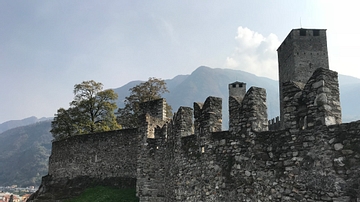
Image
Castelgrande Walls and Towers
This is a picture of the defensive walls of Castelgrande along with the Black Tower (Italian: Torre Nero) in the foreground and White Tower (Italian: Torre Bianca) in the background. The Castelgrande is one of three major castles in Bellinzona...
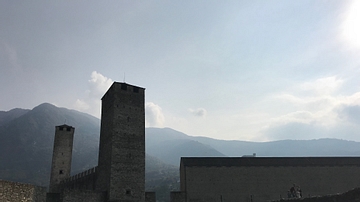
Image
White Tower and Black Tower at Castelgrande
This is a picture of the Black Tower (Italian: Torre Nero) in the foreground and White Tower (Italian: Torre Bianca) in the background at the medieval fortress of Castelgrande in Bellinzona, Switzerland.
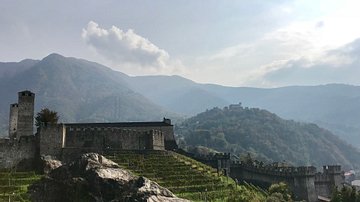
Image
View of Castelgrande in Bellinzona
This is a picture of Castelgrande, which is one of three castles in Bellinzona. The Castles of Bellinzona are a set of three medieval fortifications located in and surrounding the city of Bellinzona, which is located in Canton Ticino, Switzerland...
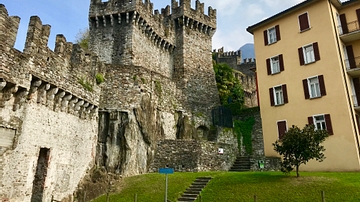
Image
Southern Defensive Walls in Bellinzona
This is a view of the southern city walls in the Swiss city of Bellinzona. These walls and defensive structures lead up to the Montebello Castle. These structures were constructed initially by the Milanese in the 15th century CE.
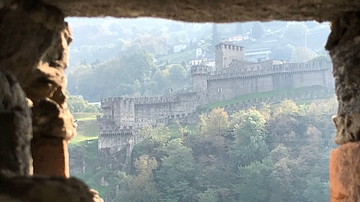
Image
View of Montebello Castle from Castelgrande in Bellinzona
View of Montebello Castle from Castelgrande in Bellinzona, Switzerland The Milanese regularly reinforced the Castlegrande and Montebello castles throughout the 15th century CE. All three of Bellinzona's castles are now UNESCO World Heritage...
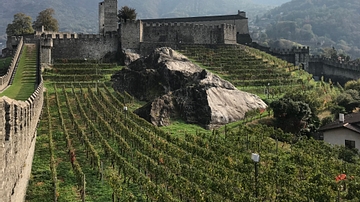
Image
View of Castelgrande's Vineyard in Bellinzona
The Milanese regularly reinforced the Castlegrande castle throughout the 15th century CE. They also rebuilt the Murata - the walls located on the west side of Castelgrande - in addition to reinforcing the city’s walls. Although the Swiss...
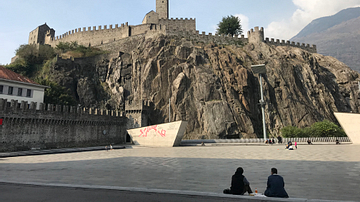
Image
Castelgrande in Bellinzona, Switzerland
This is the Castelgrande in Bellinzona, Switzerland. The castles of Bellinzona are a set of three medieval fortifications located in and surrounding the city of Bellinzona, which is located in Canton Ticino, Switzerland. These castles are...
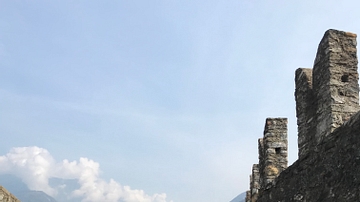
Image
Murata Walls of Castelgrande in Bellinzona
Bellinzona flourished as a city under the rule of the Visconti and Sforza dynasties in the Late Middle Ages, who secured the Alpine passes, upheld customs laws, and balanced state finances and ordinances. The Milanese also rebuilt the Murata...
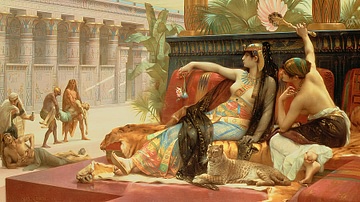
Image
Cleopatra Testing Poisons On Those Condemned To Death
Alexandre Cabanel, 1887 CE. Oil on canvas, exhibited at the Royal Museum of Fine Arts Antwerp.
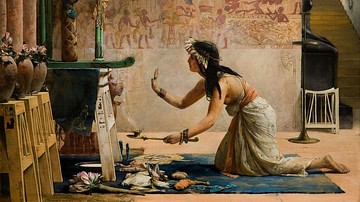
Image
The Obsequies of an Egyptian Cat
The Obsequies of an Egyptian Cat, oil on canvas by John Reinhard Weguelin, 1886. Auckland Art Gallery. A priestess offers gifts of food and milk to the spirit of a cat. On an altar stands the mummy of the deceased, and the tomb is decorated...